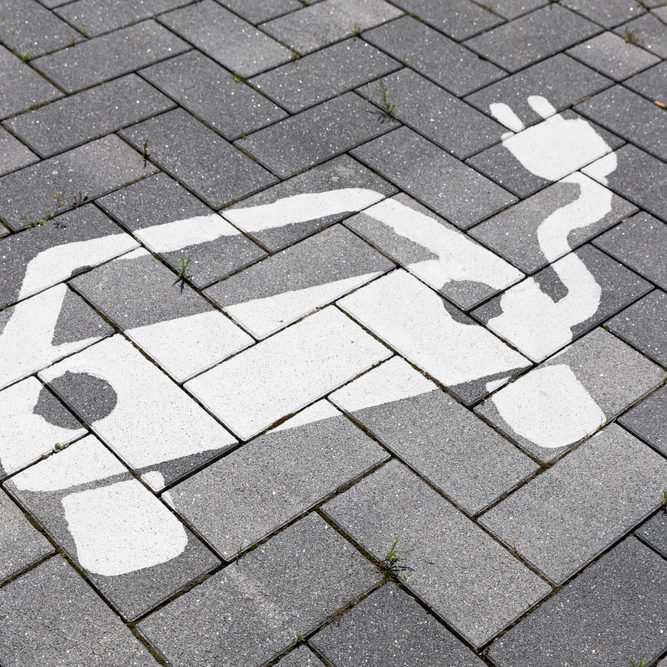Smart cities have been on the rise lately, as cities around the world are interested in using new technologies. These cities are no longer as futuristic and impossible as before, but are already present worldwide and stand out for innovatively incorporating technology into everyday life.
Let’s pay attention to what a smart city is compared to a conventional city. What are the differences between them? In other words, what factors make a smart city intelligent?
Connected objects
Think about what you see when you walk down the street in a normal city. Buildings, cars, streetlights, trees, garbage… In a smart city, you should take a second look at some of these mundane objects. The Internet of Things opens up a wide range of possibilities.
Let’s use streetlights as an example. A normal city has normal streetlights. But in a smart city, they could be much more than they seem at first glance. A smart streetlight not only incorporates elements such as LED bulbs to reduce electricity use, but can also have sensors installed. These sensors can measure different things, such as the number of people on the street in order to reduce light intensity and the expense it produces.
They could also measure air quality or vehicle speed. Additionally, these streetlights can use solar energy through installed panels, which reduces electrical energy consumption almost entirely.
Engaged citizens
In a smart city, citizens shape the city. They are active participants in its creation and in the way it functions. This difference between smart cities and conventional cities often goes unnoticed, but citizen participation is essential in a smart city. That means smart cities can adapt to citizens’ needs and can grow and change with them.
Previously, a smart city project was carried out in Detroit in which young people were equipped with kits to collect their own data, such as pedestrian traffic, air quality, and temperature, and then find solutions. The same technology is also used in cities around the world to measure structural integrity. It has been adapted so that anyone can use it in their daily life to collaborate in improving their city.
This means that citizens can work on solutions to problems quickly and flexibly. It also means that real problems of daily life can be solved. Sometimes, local authorities may not be aware that a problem exists. However, in a smart city, citizens can make sure they know, and even propose solutions.
Simplified transportation
In a conventional city, we may have to wait a long time for the next bus without knowing when it will arrive. In terms of urban planning, they are trying to create the lines that passengers need. In a smart city, we can check the waiting time, either through a smartphone or a marquee that shows the most recent information. Bus lines can also be optimally designed thanks to data on citizens’ real behavior. Even a bot, like our Intelligent City Bot, could be used to guide people through the transportation system. Overall, this makes the commuting process more efficient and effective for everyone.
Sustainability
There are differences between smart cities and ecologically sustainable cities, which mainly focus on making cities greener. However, there is some overlap, so smart cities also end up being sustainable cities. Monitoring data can help cities design more energy-efficient policies and identify areas for improvement. It can also help them understand what their citizens are doing and reach more efficient solutions. By using streetlights like those described above, the city of Barcelona, Spain, reduced energy consumption by 30%, resulting in an annual savings of 30 million euros for the city.
Optimal budgets Budget management is an important topic for municipalities and local administrations and can be difficult to distribute in a way that covers all the needs of a city. However, as smart city technology prioritizes efficiency, it provides many opportunities to reduce expenses. In a California city, technologies allowed for a 20% reduction in water consumption.
They can also help local administrations identify where the real problems are through data. That means that instead of making assumptions, they can make decisions based on real needs. Some tools like our award-winning Smart Social Care can even predict which areas will need help in the future.
A study estimates that cities can save up to $60 MXN for every $20 MXN they invest in technology.
These are just some of the things that make a city a smart city. If we compare conventional cities with smart cities, it is clear that both citizens and municipalities can benefit in many ways. Any city can be a smart city, all it takes is a little technology!


